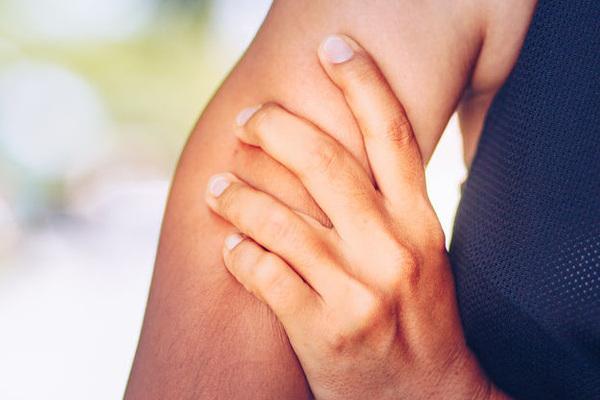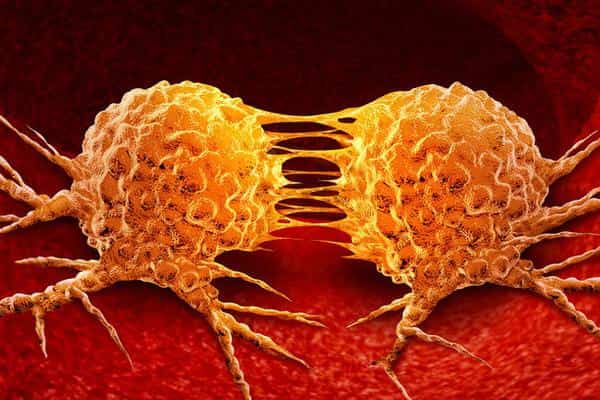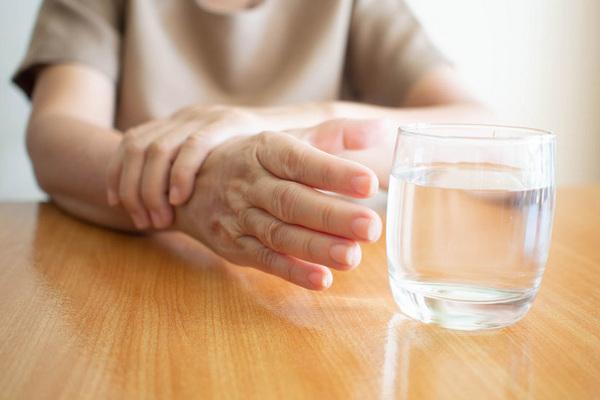Зміст
What is dermatomyositis, and what are its causes?

Dermatomyositis is a type of autoimmune rheumatic disease. This means that the muscles and small blood vessels in the skin become inflamed due to an overreaction and an abnormal response from the immune system. Doctors suspect a viral, bacterial, or parasitic infection may be a risk factor. In some people, the immune system activates overly strong mechanisms to fight disease, which also attack their own cells and tissues – in this case, muscles and skin. Excessive exposure to ultraviolet radiation and taking certain medications can also be a risk factor. Dermatomyositis is classified as a rare disease, and it also affects children and adolescents (then we are talking about juvenile inflammation).
Dermatomyositis symptoms
The disease manifests itself in chronic fatigue and muscle weakness – especially in the arms and hips, but also in the neck and back. Patients complain of difficulty climbing stairs or lack of strength in raised arms. Attenuation occurs symmetrically, i.e. in both shoulders at the same time. The disease can also affect the muscles of the throat, esophagus and larynx, and even the entire respiratory system, which is life-threatening. Fortunately, this rarely happens. These complaints are often accompanied by mild fever and weight loss.
Another characteristic symptom of the disease is skin lesions that may appear on their own or precede muscle weakness. Patients have V-shaped erythema in the décolleté area, eyelid swelling and redness similar to glasses around the eyes, and erythema on the shoulders, neck, and outer thighs. Lumps can also appear on the backs of the hands and small joints, and tiny blood vessels can dilate. On the other hand, the skin at the fingertips thickens and flakes off quickly. In children, the skin on the face may acquire a characteristic lilac color. Some patients also complain of pain and morning stiffness in the joints.
Dermatomyositis – threats
Lack of treatment can lead to severe muscle weakness and partial loss of function. However, respiratory failure is most at risk if the disease affects the muscles of the esophagus, larynx, and lungs. Doctors also warn that people with dermatomyositis have a whopping 25 percent. Neoplasms of internal organs are more often diagnosed. Cancers of the lungs, ovaries, gastrointestinal tract, and breast are most common.
Diagnosis and treatment of dermatomyositis

Diagnosis of the disease includes blood tests (determining the level of muscle enzymes), a biopsy of the weakened muscle, and an electromyography examination to detect muscle damage. Treatment is based on the use of immunosuppressants, which are drugs that suppress the immune system. Therapy is aimed at achieving remission (disappearance of the disease). In the absence of effects, immunoglobulins are administered intravenously to patients.








